
817-377-8598
Call Now:
4915 Camp Bowie Blvd,
Fort Worth, Texas 76107
(Next to Kincaid’s Hamburger)
Since 1986

Copyright © 2019. Atlas Rug Gallery

4915 Camp Bowie Blvd,
Fort Worth, Texas 76107
(Next to Kincaid’s Hamburger)
Since 1986
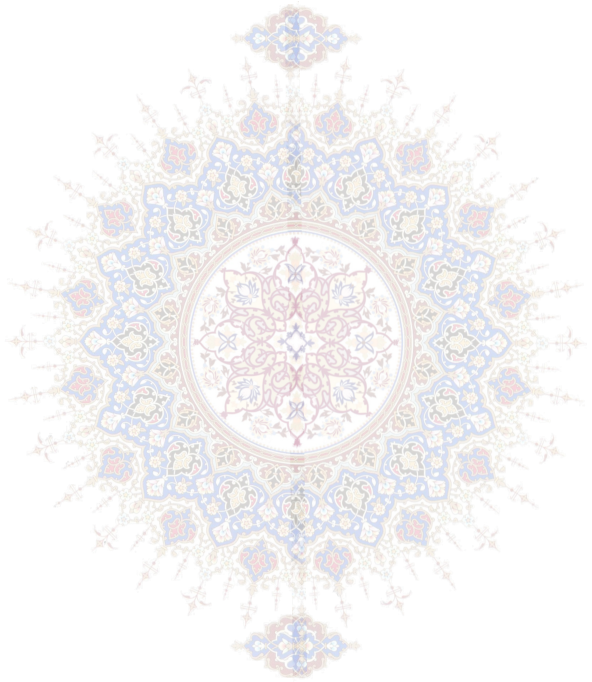
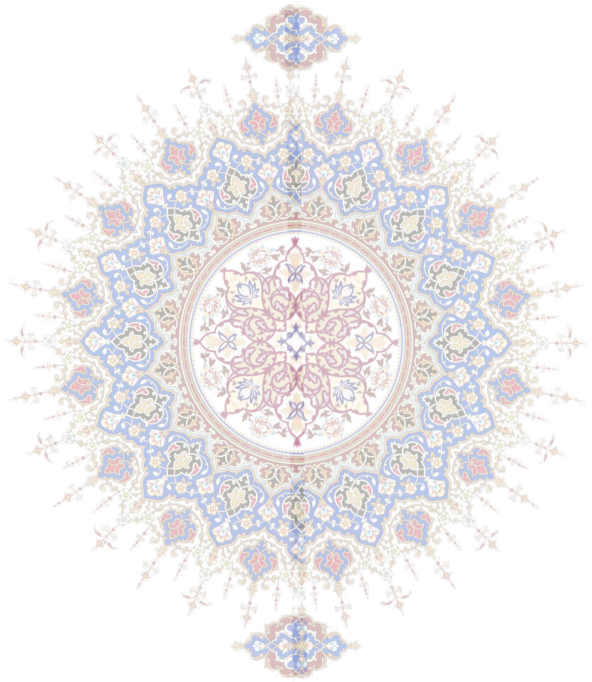

Persian Hand-Knotted
A Persian carpet or فرش farsh, meaning "to spread"; also called قالی qālī) is a heavy textile, made for a wide variety of utilitarian and
symbolic purpose, produced in Iran and surrounding areas which once belonged to the Persian Empire, for home use, local sale, and
export. Carpet weaving is an essential part of Persian culture and art. Within the group of Oriental rugs or Islamic carpets produced
by the countries of the so-called "rug belt", the Persian carpet stands out by the variety and grandiosity of its manifold designs.
Persian carpets and rugs of various types were woven in parallel by nomadic tribes, in workshops located in village
and towns, and by royal court factories alike. As such, they represent different, simultaneous lines of tradition, and
reflect the history of Iran and its various peoples. The carpets woven in the Safavid court manufactories of Isfahan
during the sixteenth century are famous for their elaborate colors and artistic design, and are treasured in museums
and private collections all over the world today. Their patterns and designs have set an artistic tradition for court
manufactories which was kept alive during the entire duration of the Persian Empire up to the last royal dynasty of
Iran.
Carpets woven in towns and regional centers like Tabriz, Kerman, Mashhad, Kashan, Isfahan, Nain and Qom are
characterized by their specific weaving techniques and use of high-quality materials, colours and patterns. Town
manufactories like those of Tabriz have played an important historical role in reviving the tradition of carpet weaving
after periods of decline. Rugs woven by the villages and various tribes of Iran are distinguished by their fine wool,
bright and elaborate colours, and specific, traditional patterns. Nomadic and small village weavers often produce
rugs with bolder and sometimes more coarse designs, which are considered as the most authentic and traditional
rugs of Persia, as opposed to the artistic, pre-planned designs of the larger workplaces. Gabbeh rugs are the best-
known type of carpet from this line of tradition.



Persian Hand-Knotted





Indian Persian


Pakistan Persian Design

Indian Persian Design

Chinese Persian Design
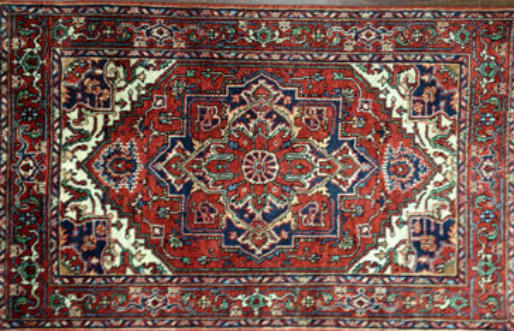
Persian Senneh Wool Hand-Knotted

Indian Persian Wool Hand-Knotted

In India, the area surrounding the large city of Varanasi in east-central India and the area centered around Jaipur, southwest
of Delhi are the two major weaving districts. The handmade rugs that come from these districts vary widely in both design
and size. We have several on display that reflect the variety and beauty of Indian Persian rugs well.


Persian Naeen Wool and Silk
Hand-Knotted

Handmade Persian Naeen rugs were first designed in the hot, dry climate of the Iranian city Nain, where the historical relic of
the Narenj castle rests. Known originally for the centuries-old business of weaving fine woolen cloaks, this city is now world-
famous for its unique rugs. Thanks to master artist Habibian’s influences, Persian Naeen rugs can be identified by
asymmetrical knots, wool pile, and cotton or silk warps.

Categories

817-377-8598
Call Now:
4915 Camp Bowie Blvd,
Fort Worth, Texas 76107
(Next to Kincaid’s Hamburger)
Since 1986

Copyright © 2016. Atlas Rug Gallery

4915 Camp Bowie Blvd,
Fort Worth, Texas 76107
(Next to Kincaid’s Hamburger)
Since 1986
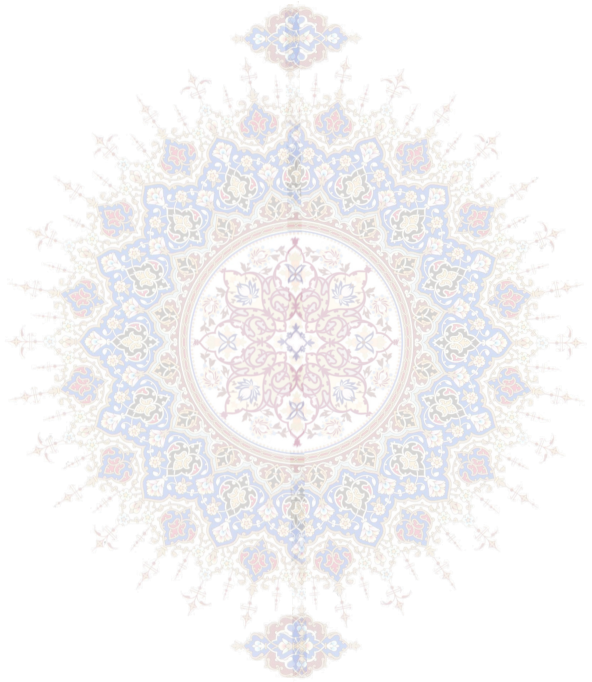
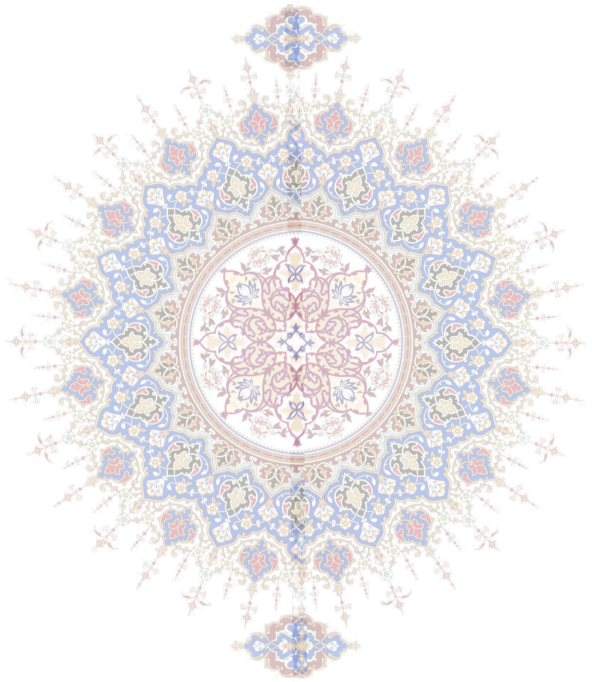

Persian Hand-Knotted
A Persian carpet or فرش farsh, meaning "to spread"; also called قالی qālī) is a heavy textile, made for a wide
variety of utilitarian and symbolic purpose, produced in Iran and surrounding areas which once belonged to
the Persian Empire, for home use, local sale, and export. Carpet weaving is an essential part of Persian culture
and art. Within the group of Oriental rugs or Islamic carpets produced by the countries of the so-called "rug
belt", the Persian carpet stands out by the variety and grandiosity of its manifold designs.
Persian carpets and rugs of various types were woven in parallel by nomadic tribes, in workshops located in
village and towns, and by royal court factories alike. As such, they represent different, simultaneous lines of
tradition, and reflect the history of Iran and its various peoples. The carpets woven in the Safavid court
manufactories of Isfahan during the sixteenth century are famous for their elaborate colors and artistic
design, and are treasured in museums and private collections all over the world today. Their patterns and
designs have set an artistic tradition for court manufactories which was kept alive during the entire duration
of the Persian Empire up to the last royal dynasty of Iran.
Carpets woven in towns and regional centers like Tabriz, Kerman, Mashhad, Kashan, Isfahan, Nain and Qom
are characterized by their specific weaving techniques and use of high-quality materials, colours and patterns.
Town manufactories like those of Tabriz have played an important historical role in reviving the tradition of
carpet weaving after periods of decline. Rugs woven by the villages and various tribes of Iran are
distinguished by their fine wool, bright and elaborate colours, and specific, traditional patterns. Nomadic and
small village weavers often produce rugs with bolder and sometimes more coarse designs, which are
considered as the most authentic and traditional rugs of Persia, as opposed to the artistic, pre-planned
designs of the larger workplaces. Gabbeh rugs are the best-known type of carpet from this line of tradition.

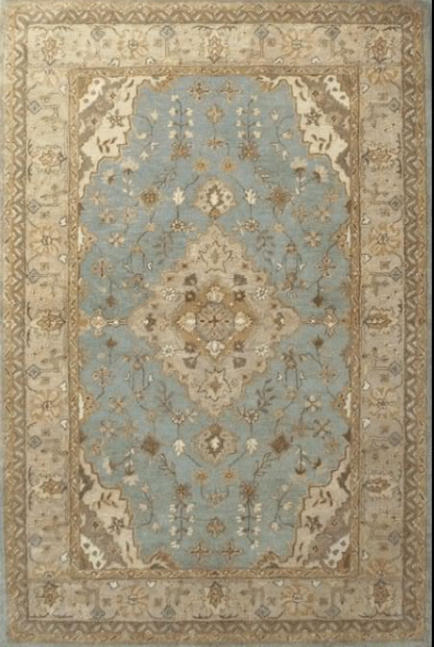

Persian Hand-Knotted
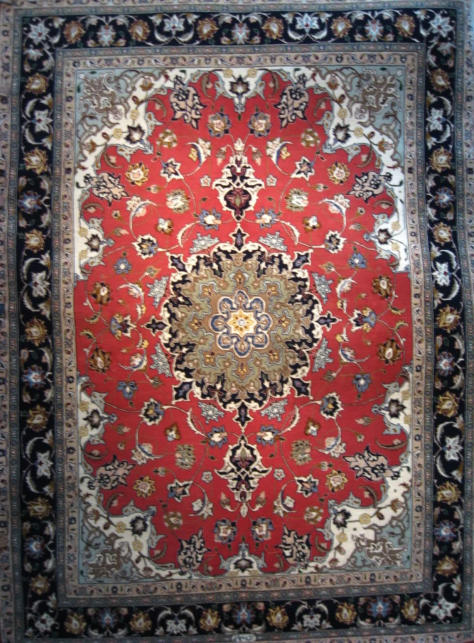
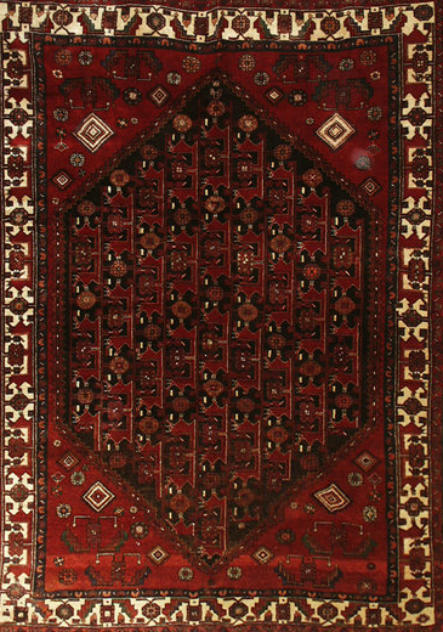
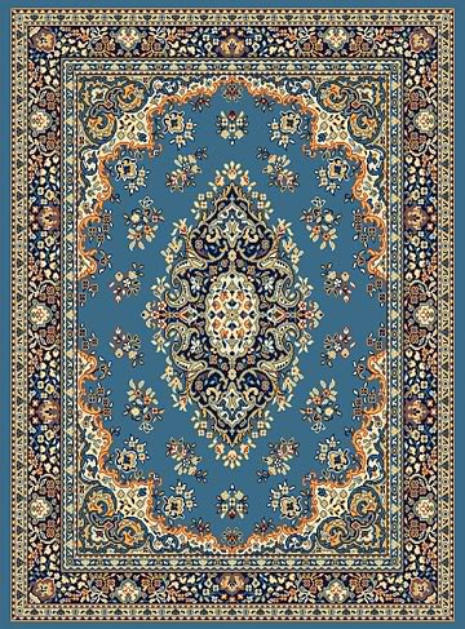


Indian Persian
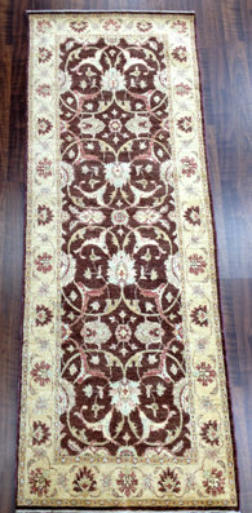
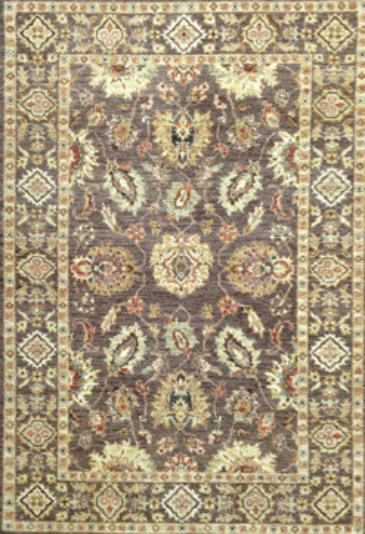
Pakistan Persian Design
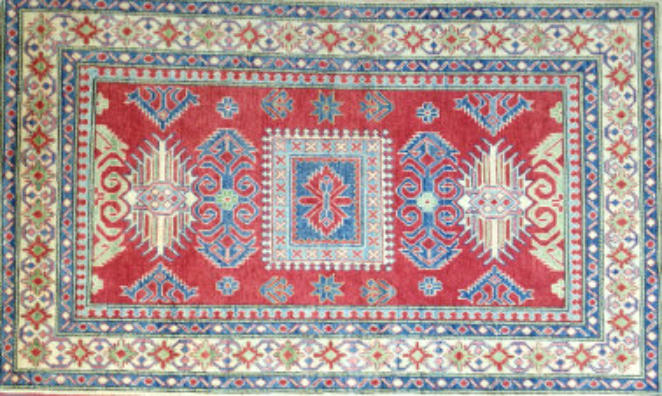
Indian Persian Design
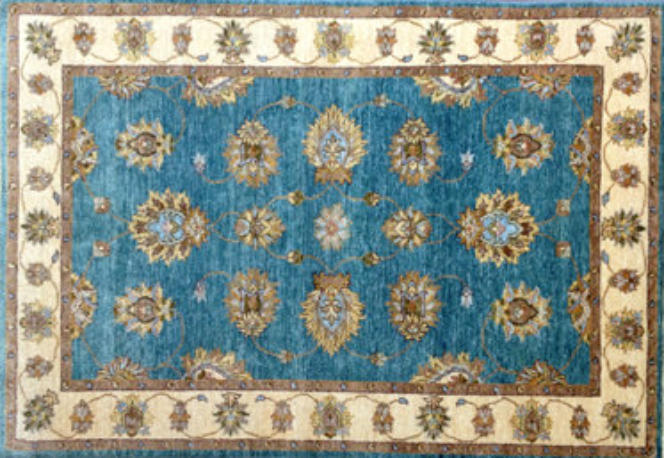
Chinese Persian Design

Persian Senneh Wool Hand-Knotted
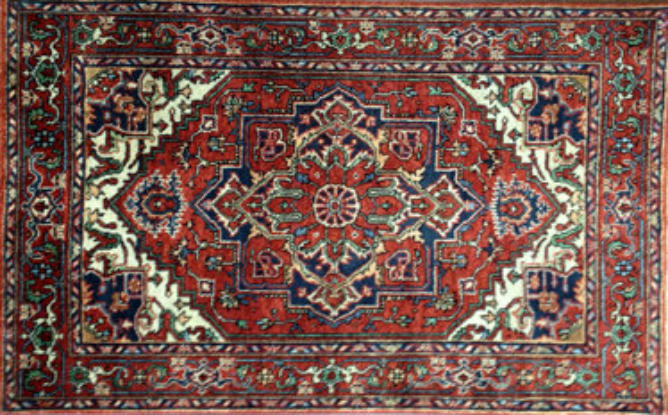
Indian Persian Wool Hand-Knotted
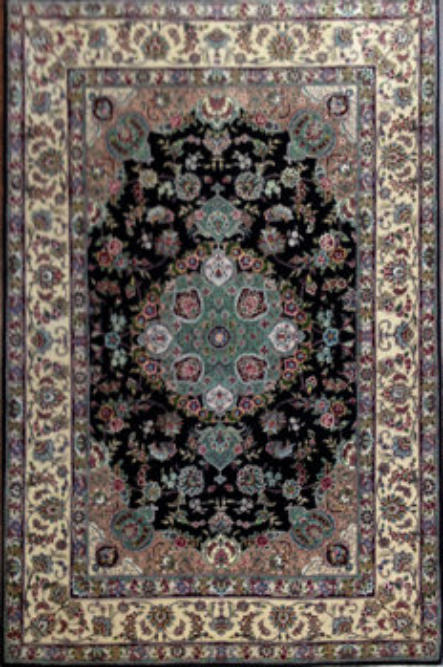
In India, the area surrounding the large city of Varanasi in east-central India and the area centered around Jaipur, southwest
of Delhi are the two major weaving districts. The handmade rugs that come from these districts vary widely in both design
and size. We have several on display that reflect the variety and beauty of Indian Persian rugs well.
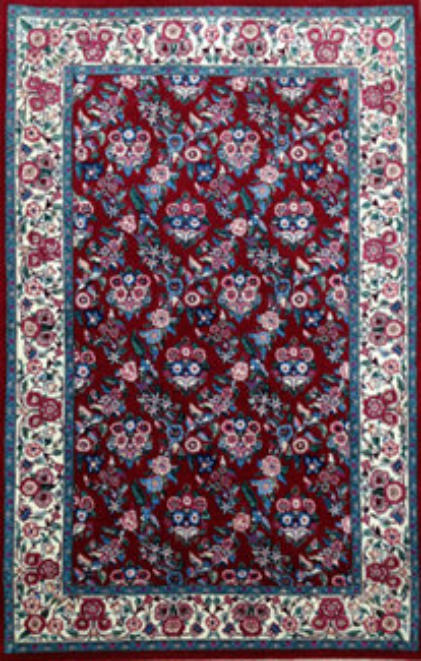
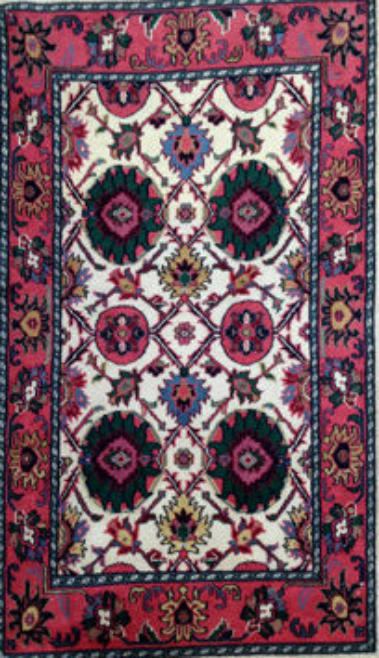
Persian Naeen Wool and Silk
Hand-Knotted

Handmade Persian Naeen rugs were first designed in the hot, dry climate of the Iranian city Nain, where the historical relic of
the Narenj castle rests. Known originally for the centuries-old business of weaving fine woolen cloaks, this city is now world-
famous for its unique rugs. Thanks to master artist Habibian’s influences, Persian Naeen rugs can be identified by
asymmetrical knots, wool pile, and cotton or silk warps.

Categories

817-377-8598
Call Now:
4915 Camp Bowie Blvd,
Fort Worth, Texas 76107
(Next to Kincaid’s Hamburger)
Since 1986

Copyright © 2016. Atlas Rug Gallery
4915 Camp Bowie Blvd,
Fort Worth, Texas 76107
(Next to Kincaid’s Hamburger)
Since 1986
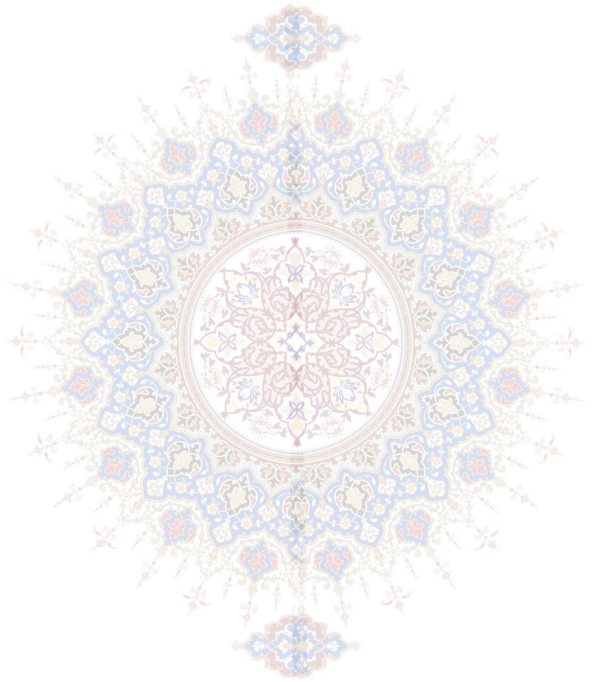
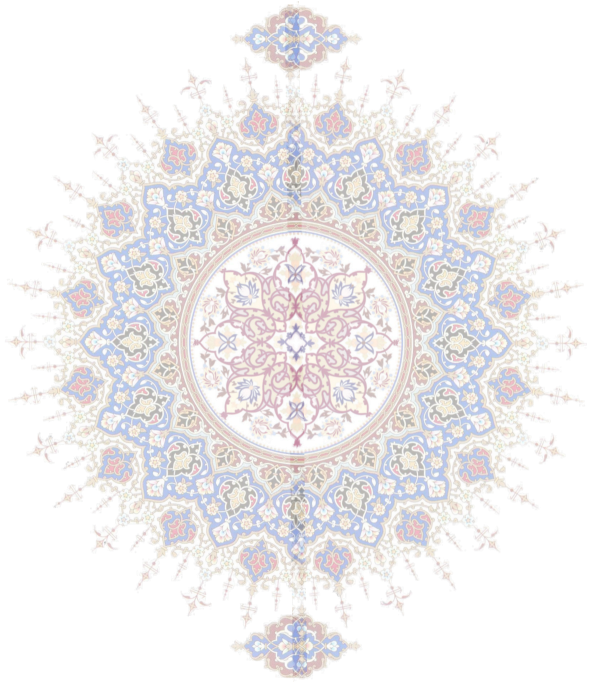

A Persian carpet or فرش farsh, meaning "to
spread"; also called قالی qālī) is a heavy
textile, made for a wide variety of utilitarian
and symbolic purpose, produced in Iran
and surrounding areas which once
belonged to the Persian Empire, for home
use, local sale, and export. Carpet weaving
is an essential part of Persian culture and
art. Within the group of Oriental rugs or
Islamic carpets produced by the countries
of the so-called "rug belt", the Persian
carpet stands out by the variety and
grandiosity of its manifold designs.
Persian carpets and rugs of various types
were woven in parallel by nomadic tribes, in
workshops located in village and towns,
and by royal court factories alike. As such,
they represent different, simultaneous lines
of tradition, and reflect the history of Iran
and its various peoples. The carpets woven
in the Safavid court manufactories of
Isfahan during the sixteenth century are
famous for their elaborate colors and
artistic design, and are treasured in
museums and private collections all over
the world today. Their patterns and designs
have set an artistic tradition for court
manufactories which was kept alive during
the entire duration of the Persian Empire up
to the last royal dynasty of Iran.
Carpets woven in towns and regional
centers like Tabriz, Kerman, Mashhad,
Kashan, Isfahan, Nain and Qom are
characterized by their specific weaving
techniques and use of high-quality
materials, colours and patterns. Town
manufactories like those of Tabriz have
played an important historical role in
reviving the tradition of carpet weaving
after periods of decline. Rugs woven by the
villages and various tribes of Iran are
distinguished by their fine wool, bright and
elaborate colours, and specific, traditional
patterns. Nomadic and small village
weavers often produce rugs with bolder
and sometimes more coarse designs,
which are considered as the most authentic
and traditional rugs of Persia, as opposed
to the artistic, pre-planned designs of the
larger workplaces. Gabbeh rugs are the
best-known type of carpet from this line of
tradition.
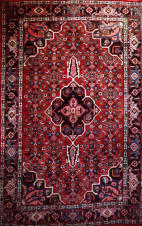
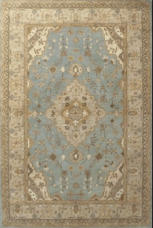
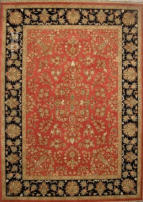
Persian Hand-
Knotted





Indian Persian


Pakistan Persian
Design

Indian Persian Design
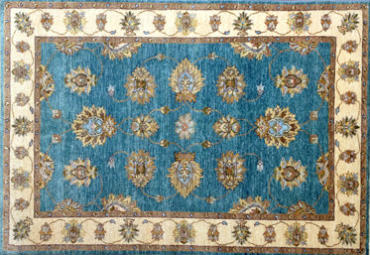
Chinese Persian
Design

Persian Senneh
Wool Hand-Knotted
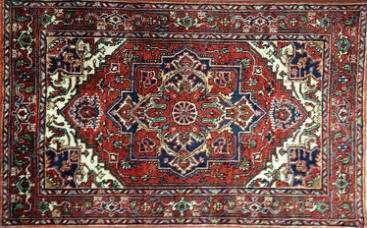
Indian Persian Wool
Hand-Knotted

In India, the area surrounding the large city
of Varanasi in east-central India and the area
centered around Jaipur, southwest of Delhi
are the two major weaving districts. The
handmade rugs that come from these
districts vary widely in both design and size.
We have several on display that reflect the
variety and beauty of Indian Persian rugs
well.

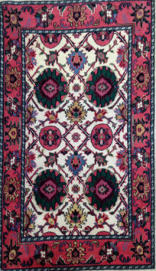
Persian Naeen Wool
and Silk
Hand-Knotted

Handmade Persian Naeen rugs were first
designed in the hot, dry climate of the
Iranian city Nain, where the historical relic of
the Narenj castle rests. Known originally for
the centuries-old business of weaving fine
woolen cloaks, this city is now world-
famous for its unique rugs. Thanks to
master artist Habibian’s influences, Persian
Naeen rugs can be identified by
asymmetrical knots, wool pile, and cotton or
silk warps.

Categories

















